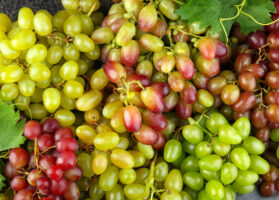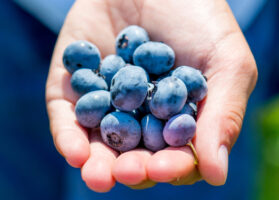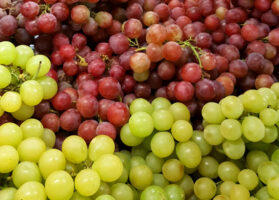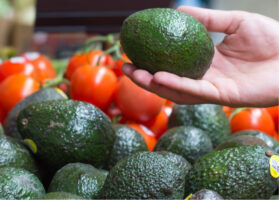“We need to fight to get our growers the same return”
Overview of organic apples and pears in the U.S. market, complemented by charts from Agronometrics. Original published on April 19, 2022.
The South American organic pear and apple seasons are ramping up. “Organic pears from Argentina have been available in the US market for over a month now,” says Chris Ford with Viva Tierra Organic. The company offers a nice mix of varieties with the first focus being on William Bartletts that will be available until the second half of April and Autumn Bartletts arriving soon. The pear assortment includes premium varieties like Abate Fetel, Alexander Lucas and Durondeau as well as the core varieties like Bosc and d’Anjou being part of the company’s program.
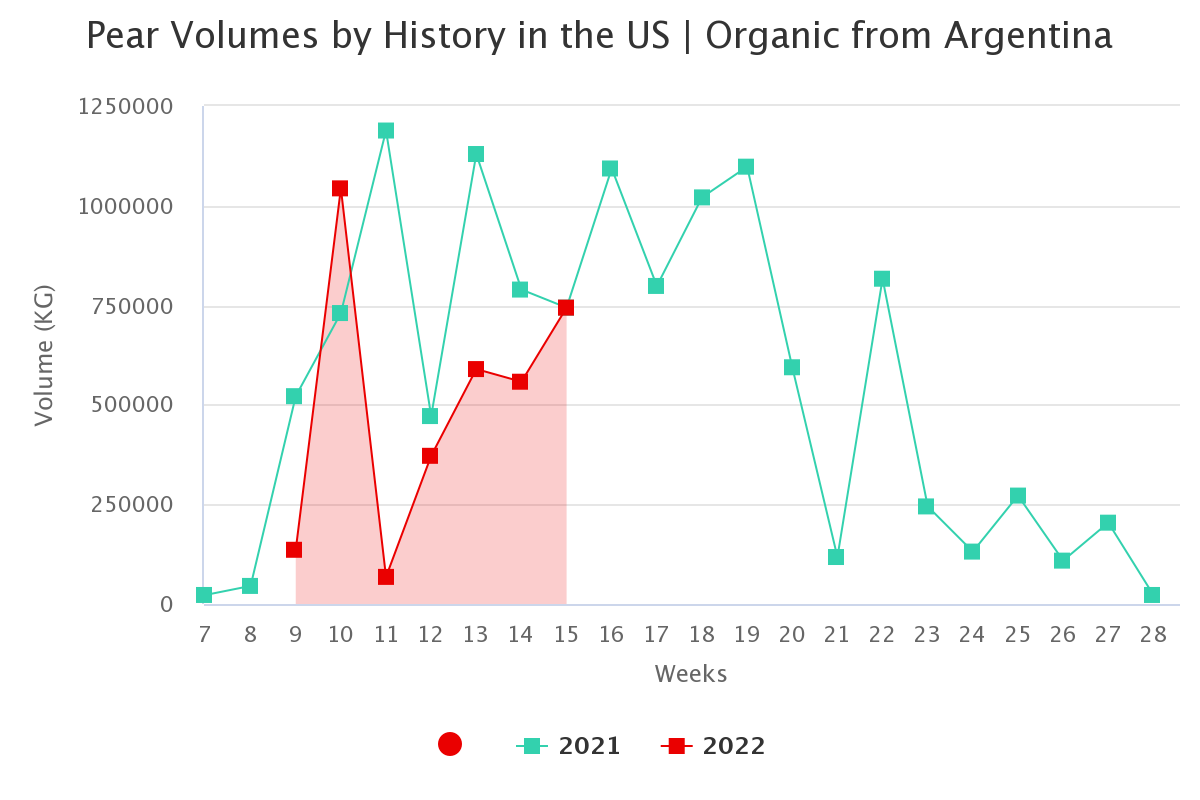
Source: USDA Market News via Agronometrics.
(Agronometrics users can view this chart with live updates here)
Argentina’s pear crop is down due to a freeze earlier in the season. As result, organic and conventional pear volumes are forecast to be 30 percent lower. In addition to lower production volumes, growers are pressured by the Russia-Ukraine war. In a normal year, significant volumes of pears from Argentina make their way over to Russia.
East Coast shipments
Viva Tierra imports pears into the US and has predominantly been shipping to the East Coast. “We’ve only had a few shipments into the West Coast as East Coast shipping rates are more favorable,” said Ford. “Ocean freight rates are up significantly, but we’ve been able to get competitive rates for shipping into the port of Philadelphia,” he added. Another benefit of the East Coast is strong demand as there are no organic Bartlett pears from the northern hemisphere available anymore. However, due to the severe West Coast port problems, more and more cargo is arriving at the East Coast. “The burden is shifting and as a result, we are seeing interrupted arrivals. Sometimes no arrivals for a week and then two in a couple of days,” Ford added.
Apples
In addition to pears, South America’s apple season has also started. Late last month, the first containers of organic Gala apples from Argentina arrived on the East Coast and Galas from Chile are expected to arrive this week. The southern hemisphere apple season kicks off with shipments from Argentina, but gradually the focus will shift towards sourcing from Chile. During the May, June, and July window, the bulk of Viva Tierra’s apple program will come from Chile. The company has its own Gala apple farms in the country and additionally sells and markets for other growers. In addition to Gala, other core varieties imported from the southern hemisphere include Granny Smith, Fuji, Pinks, and Red Delicious.
Demand for southern hemisphere organic apples is expected to be brisk. “With Washington coming off a short crop, demand should be strong through the summer. Ample supplies should enable us to transition right into the new crop of California Galas during the first week of August,” Ford commented. The circle starts all over with Washington production in the fall, allowing Viva Tierra to always be in season.
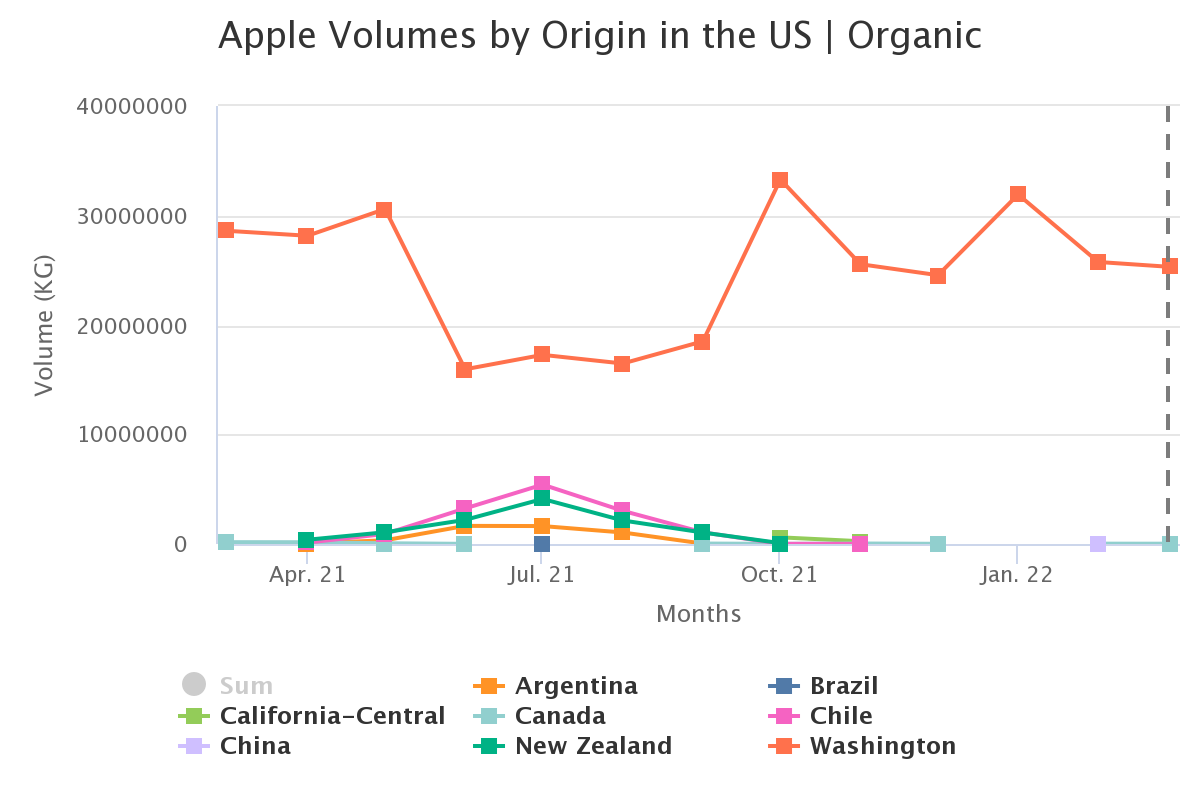
Source: USDA Market News via Agronometrics.
(Agronometrics users can view this chart with live updates here)
Container costs up 100%
While the supply-demand situation seems to be balanced this season, the pivot is the challenge around logistics. “Supply chain costs and delays are real,” said Ford. “We feel fortunate to have decades of relationships on both coasts that help facilitate the process through customs, clearance, and inspection. Nevertheless, we are still dealing with delays in ports. In general, we are looking at ocean freight container cost increases close to 100 percent compared to last year.” According to Ford, these costs represent about $0.10/lb., making Viva Tierra having to fight harder to get their growers the same return.
A price increase of $0.10/lb. at retail level wouldn’t do it for the grower as this number does not include the cost increases on their end, like inputs. “We’ve been working with some of our growers for close to 30 years and will fight for every dime to make them succeed. Inflation has added to the price of food, and consumers will need to continue to be educated on the real cost to produce food. We are grateful to our loyal customers who appreciate new crops as we work together to protect the ability of future generations of organic farmers to feed our communities and nourish the land.”
The News in Charts is a collection of stories from the industry complemented by charts from Agronometrics to help better tell their story.
Access the original article with this (Link)



